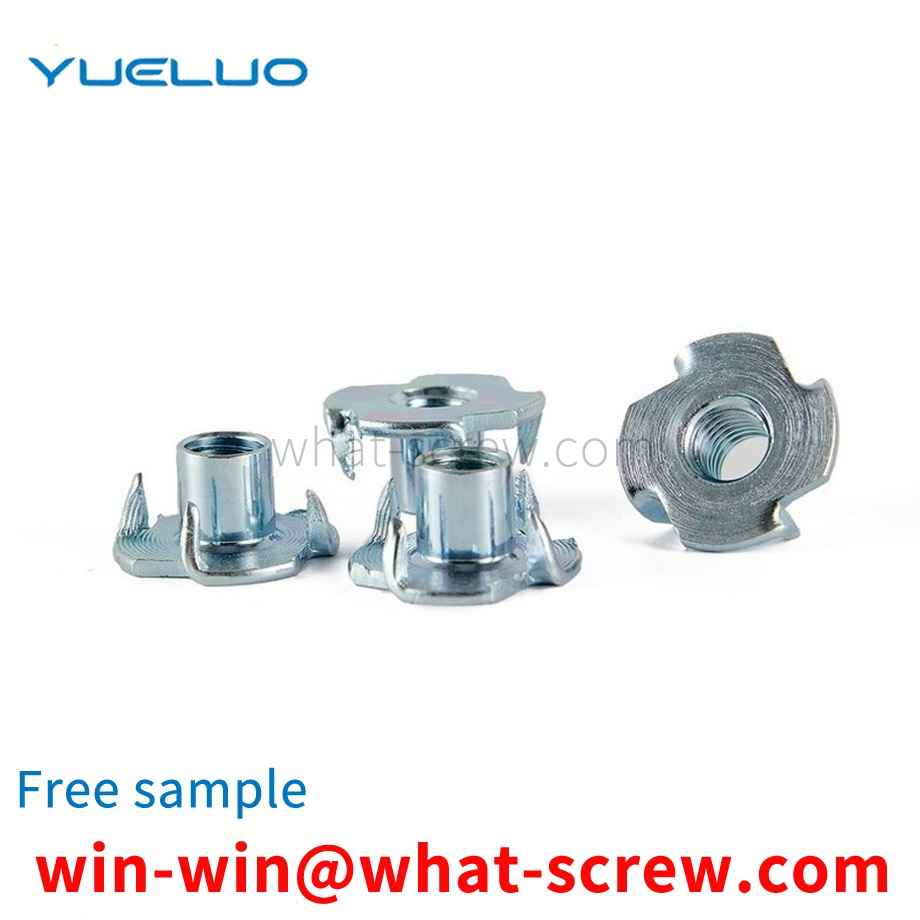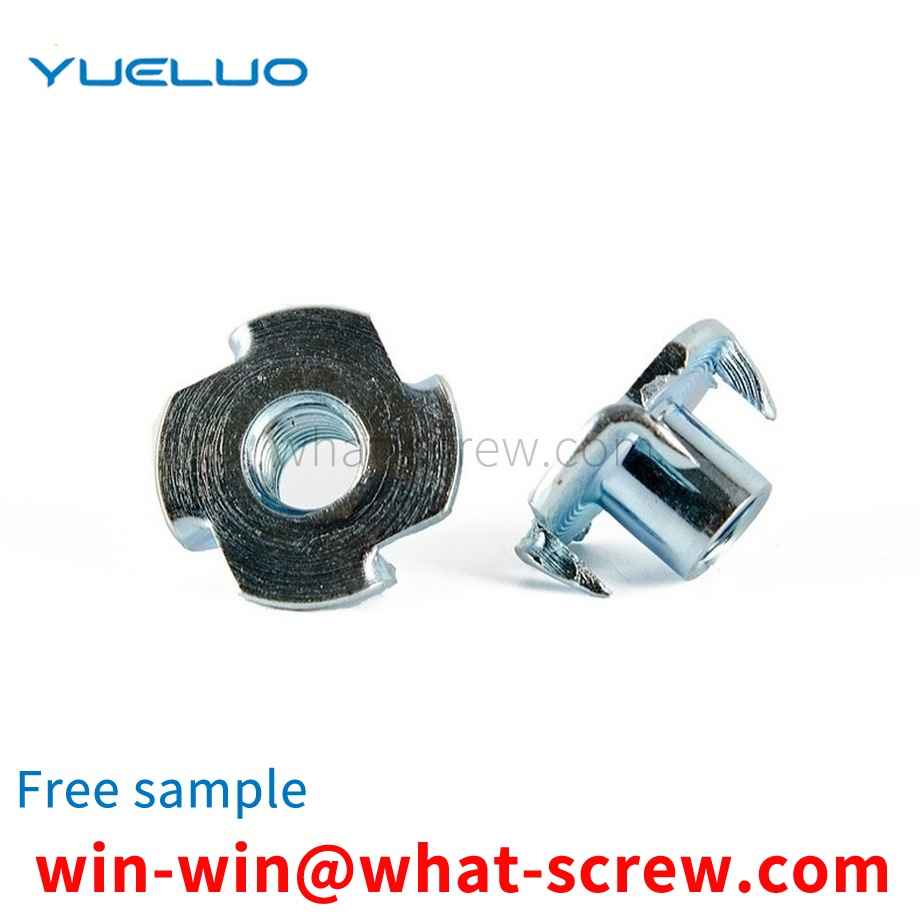The gasket refers to the part between the connected part and the nut, which is generally a flat metal ring, which is used to protect the surface of the connected part from scratches by the nut and disperse the pressure of the nut on the connected part.
At present, in the riveting of automobile and motor car parts, especially the parts that have vibration and need to move frequently, such as automobile steering gear, ordinary rivets and double-drum rivets are mostly used for riveting. Due to the limitations of the structure of these two products After riveting, the product has the defect of insufficient strength and easy to loosen and fall off, and it cannot be disassembled and can only be used once, thus affecting the quality and performance of the riveted product.
Self-locking nuts generally rely on friction. The principle is to press the embossed teeth into the preset holes of the sheet metal. Generally, the diameter of the square preset holes is slightly smaller than that of the rivet nut. The nut is connected with the locking mechanism. When the nut is tightened, the locking mechanism locks the ruler body, and the ruler frame cannot move freely to achieve the purpose of locking; when the nut is loosened, the locking mechanism disengages the ruler body, and the ruler frame edge body movement
(1) Galvanized (blue-white, multicolored, black) 1. Pretreatment: thermal degreasing tank (5 tanks) - electrolytic degreasing tank (3 tanks) - rust removal tank (4 tanks) 2. Electroplating: electroplating tank (20 tank) (ammonium chloride, zinc oxide, gloss, softener solution). 3. Post-treatment: Melting tank (1 tank) - Green medicine tank (1 tank) - (blue-white/multicolored/black) (2), blackening: 1. Pre-treatment: thermal degreasing tank (4 tanks) - rust removal Tank (4 tanks) 2. Blackening: blackening (5 tanks) (flake alkali, sodium nitrite solution) 3. Post-treatment: anti-rust oil (1 tank) (3), phosphating: 1. Pre-treatment: heat Degreasing tank (1 tank) - Derusting tank (1 tank) - Electrolytic degreasing tank (1 tank), - Surface treatment (1 tank) 2. Phosphating: Phosphating (forming a film) 3. Post-treatment: dipping in anti-rust oil (2 tanks) (4) Hot dip galvanizing: 1. Pretreatment: degreasing tank (1 tank) - rust removal tank (1 tank) - FLUX tank (1 tank) - drying 2. Hot dip galvanizing: hot Zinc immersion tank 3. Post-processing: centrifugal treatment - ammonia chloride cooling - water cooling
The main purpose of the screw is to make the industrial product form a fixed one. In use, it often happens that the teeth cannot be closely attached, the screw head will be broken if the screw is locked too hard, or the tooth pattern is not properly locked, etc., and the use conditions are not met, all of which are quality. the problem of accuracy. Screws are mass products, not handmade works of art. In mass production, the purpose is to achieve high-precision and stable quality and popular prices to supply consumers. The accuracy of screws is usually 6g, and the rough screws used in construction projects are 10g. The value of screws is very important. In the world, there are examples of automobile factories going bankrupt because of poor screw quality; there are also examples of planes falling and vehicles being overturned because of poor screw quality.
We have many years of experience in the production and sales of screws, nuts, flat washers, etc. The main products are: extended full threaded screws, slotted nuts, hexagonal reduced rod nuts, flat washer combination screws and other products, we can provide you with suitable tightening screws for you. Firmware Solutions.



















 Service Hotline
Service Hotline




